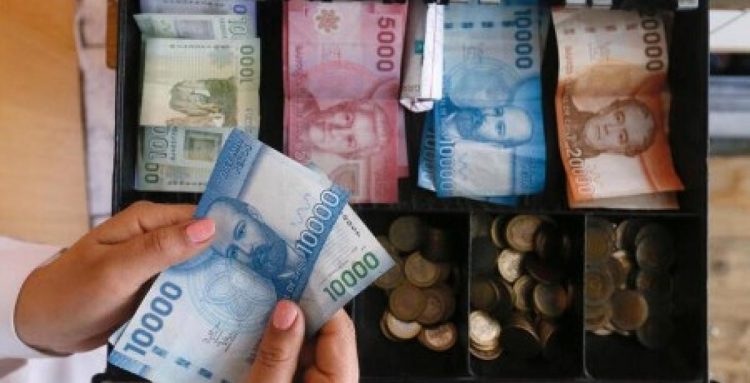Publisher: Maaal International Media Company
License: 465734
Currencies slide as dollar rules after strong U.S. jobs data
Emerging market currencies turned to losses on Friday after strong payroll numbers from the United States raised bets of another large rate hike by the Federal Reserve, sending the dollar soaring, Reuters reported.
South Africa’s rand ZAR=, Chile’s peso CLP= and the Colombian currency COP= lost more than 1% each, while the Chinese yuan CNY= pared losses to trade 0.2% lower.
Mexico’s peso MXN= fell 0.3%, but Brazil’s real BRL= outperformed peers to rise 0.7%.
اقرأ المزيد
“Brazil’s terms of trade has significantly improved, but since end June, we have seen investor positions overextended – with presidential elections in October, we expect the real to go into a very volatile period,” said Ales Koutny, portfolio manager at Janus Henderson Investors.
On the week, currencies .MILA00000CUS in Latam rose 0.2%, with the real underperforming to fall by 0.2%, while stocks .MILA00000PUS added 0.8%.
The dollar has been generally weakening over the last two weeks, which has boosted EM assets, but Latam and EM assets are likely to remain choppy given the current account of several countries and how volatile commodities have been, Koutny added.
A less-than-expected hike in Romania’s key interest rate made little difference to the leu EURRON= which traded flat, despite the dollar rally weighing on the euro EUR=.
U.S. employers hired 528,000 workers in July, more than double what was expected, and the unemployment rate fell to a pre-pandemic low of 3.5%, providing the strongest evidence yet that the economy was not in recession.
Bets for a 75 bps interest rate hike in September rose 65% as per Refinitiv. FEDWATCH
“A 75 bps hike seems likely, but we still have another CPI and jobs report before the next meeting … Nevertheless, we struggle to see the Fed declaring ‘stop’, which will mean that the dollar will continue to be supported,” Koutny said.
In Argentina, inflation in July could be so high that it will “shock” Argentina’s government, an economy ministry source told Reuters.
This comes as new economy minister Sergio Massa took office Wednesday in the midst of a crisis, announcing measures intended to ensure fiscal austerity and to shore up dwindling foreign currency reserves.
In the 12 months through June consumer prices hit 64.0%, even as the central bank hiked the benchmark interest rate by 300 basis points to 52% last month to tame spiraling inflation.
Stocks in the region painted a brighter picture, with Brazil shares .BVSP gaining for a fourth straight session and hitting eight-week highs, while Chile’s IPSA .SPIPSA rose after a four-session losing run.
Meanwhile, analysts in Peru raised their expectations for the Andean country’s 2022 inflation, a central bank survey showed, saying they now forecast an increase of between 6.5% and 7.5%, against a 6% to 7% rise previously projected.









